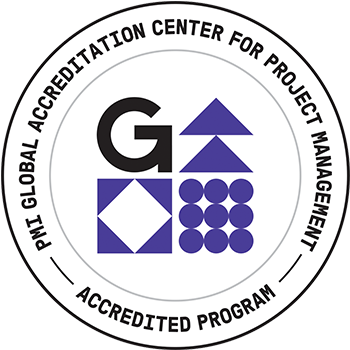
Presentation Title: If You Build It, They Won’t Necessarily Come: Engineering Solutions, the Human Factor (links to pdf)
Date and Time: Thursday, May 10, 2018 at 12:00 pm
Abstract: Almost everything we do, or touch today is designed with human behavior in mind. In the last 30 years,
we have seen evidence of this all around us with ergonomic design for a variety of consumer products, emergence of intuitive software programs and mobile apps, a new “urban living” approach to city planning and public works projects, and consumer-directed healthcare programs.
Thirty years ago, this concept was revolutionary, 20 years ago it was cutting-edge, 10 years ago every Fortune 500 company implemented it, today it’s a global industry standard.
This presentation will focus on the human side of engineering projects and why it is essential to consider behavioral factors to ensure adoption and use of a final product. We will discuss the importance of understanding your end user, selecting the right success criteria, establishing a good cross section of test subjects, and soliciting feedback early and often at appropriate points throughout the project. We will touch on the significance of proper stakeholder engagement and well-structured changed management
for engineering projects.
Consideration of human behaviors is critical to intelligent design and ultimately adoption and use of a final product. Without human requirements inputs, engineers run the risk of designing a product that is either improperly used or not used at all. Understanding these concepts should influence how an engineering design is developed for human interaction.
Presentation outline:
The following are questions for consideration when collecting human requirements inputs for a design:
User Perspective
- Who are the people I am building this for?
- What problem does this product/capability solve for its customers?
- Does the product created by my project address the needs of its users?
- Why am I doing this?
Design Team Perspective
- Who are the people at my company or in my environment that I need to engage to have necessary subject matter expertise for development of this product, addressing the core problem for its customers, ensuring product quality and compliance with rules and regulations?
- How do I set up my project and engage these people to get the best possible outcome?
To address these and other behavioral questions, there are several processes, tools and techniques that should be considered and utilized throughout the project lifecycle.
Biography: Celia Ann Pfleckl is the Director, Portfolio Management for Amtrak’s Enterprise Program Management Office Delivery Team. Celia’s team is responsible for complex, cross-functional, enterprise level projects and programs as assigned by Amtrak’s executive leadership team. At present, her portfolio includes programs such as Positive Train Control Implementation and development and implementation of a new learning management system. Prior to joining the EPMO, Celia spent seven and a half years as part of Amtrak’s Environment and Sustainability group, where she was responsible for developing the company’s sustainability policy and program. Before joining Amtrak, she spent eight years as an environmental engineering consultant with AMEC Earth & Environmental. There she managed the Environmental Department of their Chantilly, Virginia office where she worked to grow and diversify their services. She holds a Bachelor of Science in Chemistry from The University of the South, as well as a Master of Science in Chemical Engineering and a Master of Engineering in Management of Technology from Vanderbilt University. She is based at Amtrak’s Headquarters in Washington DC and lives in Fairfax, VA with her husband and two children.

